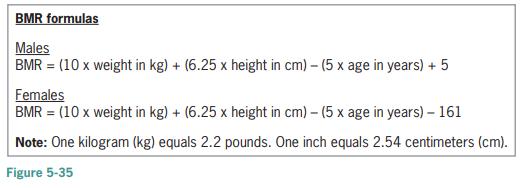Figure 5-35 shows the MifflinSt Jeor formulas for calculating a persons basal metabolic rate (BMR), which is
Question:
Figure 5-35 shows the Mifflin–St Jeor formulas for calculating a person’s basal metabolic rate (BMR), which is the minimum number of calories needed to keep his or her body functioning while resting for 24 hours. A personal trainer at a local health club wants a program that displays a client’s BMR. a. Create an IPO chart for the problem, and then desk-check the algorithm twice. For the first desk-check, display the BMR for a 25-year-old male whose weight and height are 175 pounds and 6 feet, respectively. For the second desk-check, display the BMR for a 31-year-old female whose weight and height are 130 pounds and 5.5 feet, respectively. b. List the input, processing, and output items, as well as the algorithm, in a chart similar to the one shown earlier in Figure 5-27. Then code the algorithm into a program. c. Desk-check the program using the same data used to desk-check the algorithm. d. If necessary, create a new project named Intermediate14 Project, and save it in the Cpp8\Chap05 folder. Enter your C++ instructions into a source file named Intermediate14.cpp. Also enter appropriate comments and any additional instructions required by the compiler. Display the BMR in fixed-point notation with no decimal places. Test the program using the same data used to desk-check the program.

Step by Step Answer:

Microsoft Visual C# An Introduction to Object-Oriented Programming
ISBN: 978-1337102100
7th edition
Authors: Joyce Farrell





